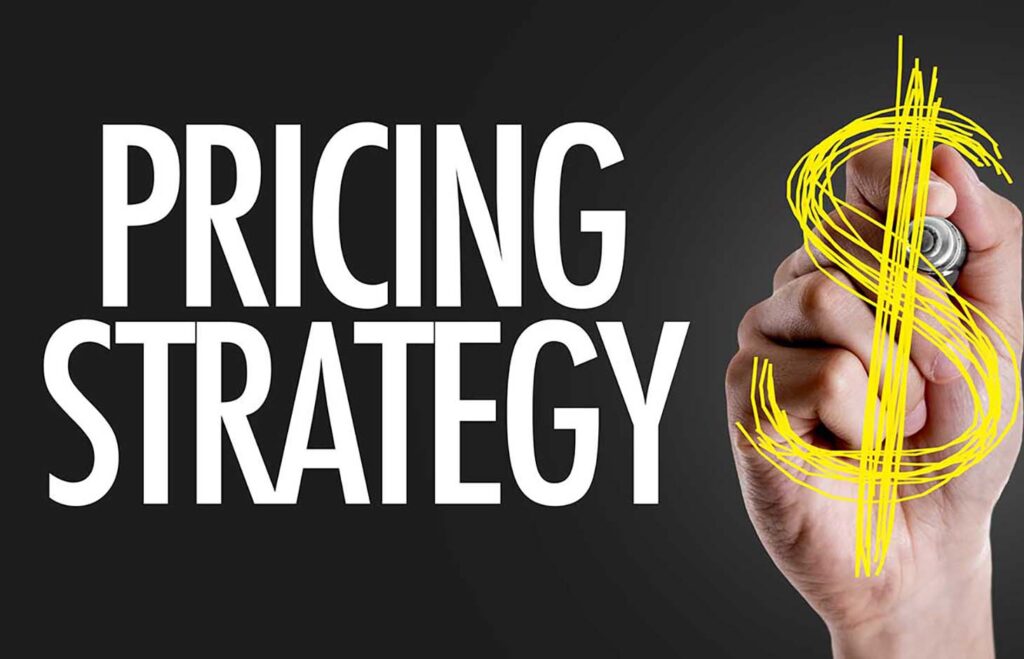The freemium model is prevalent in the video game industry; freemium games give users access to play free of charge. Revenue is generated when users purchase additional perks or other in-game items.
In recent years, tech giant Facebook has come under fire for everything from allegedly violating their users’ privacy to influencing elections. Earlier this year, another ethics violation was added to the list.
According to court documents, Facebook has been accused of using freemium games to garner millions of dollars from young users and their families. The accusations are part of a class-action lawsuit alleging that Facebook targeted children to expand revenue for online games.
Even before the Facebook suit, many in the gaming community were critical of freemium games, saying achievement in them is nearly impossible for players who don’t pay up. The average in-game purchase costs $14.
As a result, these games have proven extremely lucrative for developers. According to gaming research company SuperData, free mobile games generated $61 billion in 2018.
However, freemium pricing isn’t only popular in the gaming industry. It’s quickly become the go-to model for tech startups in all sectors, from fitness applications to music, and is widely used by Software as a Service (SaaS) businesses as well.
Here’s what you need to know about the freemium model and how to make this pricing strategy work for your business.
What is freemium?
The freemium model is a pricing strategy where businesses offer both free and premium services. In the SaaS realm, free users are often granted limited access to the product’s features for an unlimited amount of time. In order to access the product’s full range of features, users have to pay a premium.
This creates a number of benefits for SaaS businesses. Developers offer the option to try out their service for free to increase their user base. Having more users not only equates to more potential paying customers, it also gives a business the opportunity to identify and work out any kinks with their product.
This model is popular among software developers. According to analytics company App Annie, 96 of the top 100 highest-grossing Android apps are based on the freemium model. Freemium is popular in the Apple store as well, representing 77% of iPhone apps and 69% of iPad apps downloaded.
How a freemium strategy can work for you
Messaging application Slack is one of the most notable examples of a successful freemium SaaS app. The business has an estimated four million users, including 1.25 million who pay for higher-end subscriptions. Slack’s conversion and retention rates are estimated at 30% and 93%, respectively.
Here’s what you can learn from Slack about making a freemium pricing model work for your business:
1. Solve a problem
Essentially, a business’s conversion rate is only as good as the product it offers its customers. If a product becomes an essential part of your users’ lives, they’re more likely to pay to continue using it or pay more for additional features which will further benefit them.
Slack, for example, has simplified the way people communicate and has become an integral component in businesses operations. Many businesses have struggled with internal communications; people can be too slow to respond to an email, and a phone conversation can take longer than necessary. Slack makes communication fast and efficient.
Present a solution that users can’t live without, and they’ll be willing to pay for it.
2. Fully showcase your product
Some freemium SaaS startups fail because users don’t have a complete understanding of what the product has to offer. This happens when, in an effort to make paid plans more appealing, businesses hold back key features. However, instead of enticing more users to pay up, this can have the opposite effect.
In order to fully showcase your product, you must give free users a taste of the complete spectrum of service offered.
Slack doesn’t keep users guessing about how it benefits them. On basic plans, businesses have access to a plethora of features, but a limited number of users. This gives customers the opportunity to try out the service on a small scale while showing why they should upgrade.
3. Casually remind customers to upgrade from freemium
Marketing is a key element of any business, but when it comes to freemium, it’s important to maintain regular communication with your clients without seeming pushy. Some businesses use customized emails designed to appeal to each user’s individual needs. Others use reminders interwoven into the product to gently nudge users to upgrade.
In Slack’s case, users aren’t actually prompted to convert to paid accounts. Instead, the platform has integrated suggestions directly into its service without using the word “upgrade”.
When a user comes across a feature that could be expanded by upgrading, Slack invites them to learn more about how to do so. In this way, users are encouraged to upgrade when they’re most likely to see the benefits.
Issues with the freemium pricing model
Cloud storage company Dropbox has become a leader in the tech industry. In 2016, the business was ranked number two on the Forbes Cloud 100 list. As of 2017, Dropbox had 500 million users in more than 180 countries, and boasted revenues of more than $1 billion.
Part of the tech leader’s success has been attributed to the business’s use of a freemium pricing model. The model has been credited with helping Dropbox earn a large share of the cloud storage market by drawing in a massive number of users.
Dropbox offers a “Basic” plan that gives users 2GB of storage for free. Paid plans for individuals start at $9.99 per month and increase space to 1TB. Other plans cost more and come with additional features and storage.
However, while freemium pricing is believed to be a benefit to the business, one issue with the model is that much of Dropbox’s users never convert to paying customers.
Over the years, the number of paying Dropbox users has paled in comparison to those using the service for free. Dropbox currently has more than 500 million users. However, as of 2018, only 12.7 million of them are paying for the service.
This disparity illustrates one of the major issues businesses experience with freemium pricing: if users can access your product for free, how do you get them to pay for it?
Because of this, freemium-based businesses often struggle with low conversion rates. While some have been able to achieve rates of more than 20%, most range from 2-5%.
Still, even with Dropbox’s low conversion rate, it’s safe to say the business has been successful. Dropbox was the fastest SaaS company to reach $1 billion in annual recurring revenues. More than half of all American internet users are active on Dropbox, and in a 2017 survey 33% of respondents said they expect to increase their spending with the site.
In an earlier post, we discussed how to be more successful in convincing free trial customers to convert to paying customers. As in that case, a focus on retention during the “freemium” period is the best way to ensure success with this pricing strategy.








